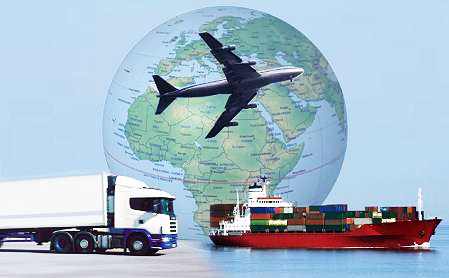Open Account
From the seller’s point of view the Open Account is the most unsatisfactory international business payment system. Under this payment system the arrangement is that the buyer pays at the end of an agreed period. The seller consigns the goods directly to the buyer or to his order and documents pertaining to the goods are sent directly to the buyer enabling him to take delivery of the goods. Under this payment system the seller after having supplied goods is purely at the mercy of the buyer. Such a payment is normally in those trading arrangements requiring a high degree or trust between the buyer and the seller and a regular continuous business relationship between the two parties.… Read the rest
